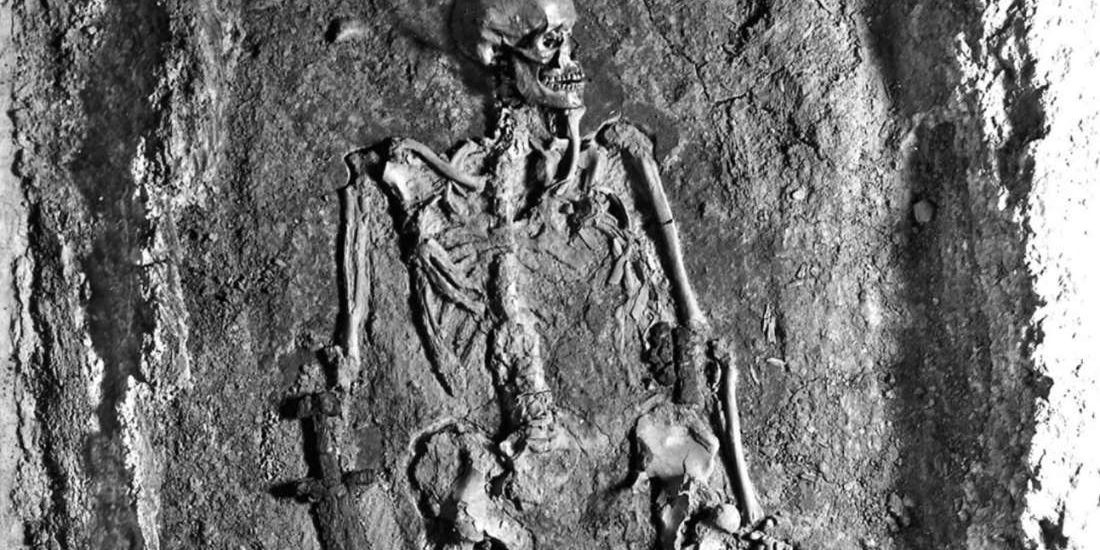Today’s archeologists have a much more nuanced idea about this guy’s identity. We do know that this man was a warrior, who lived sometime around 800 to 1000 CE, because of the sword he was buried alongside. However, the style of the sword is unique, not like any of the 1,500 early medieval graves found in Prague Castle. He is also surrounded by an array of diverse objects, not necessarily from the local area.
They argue that the old debate of whether this man was Germanic or Slavonic is simply a symptom of 20th-century ideologies. In reality, the identity of people in the Middle Ages wouldn’t be forged along these lines at all.
Continue reading on IFL Science






